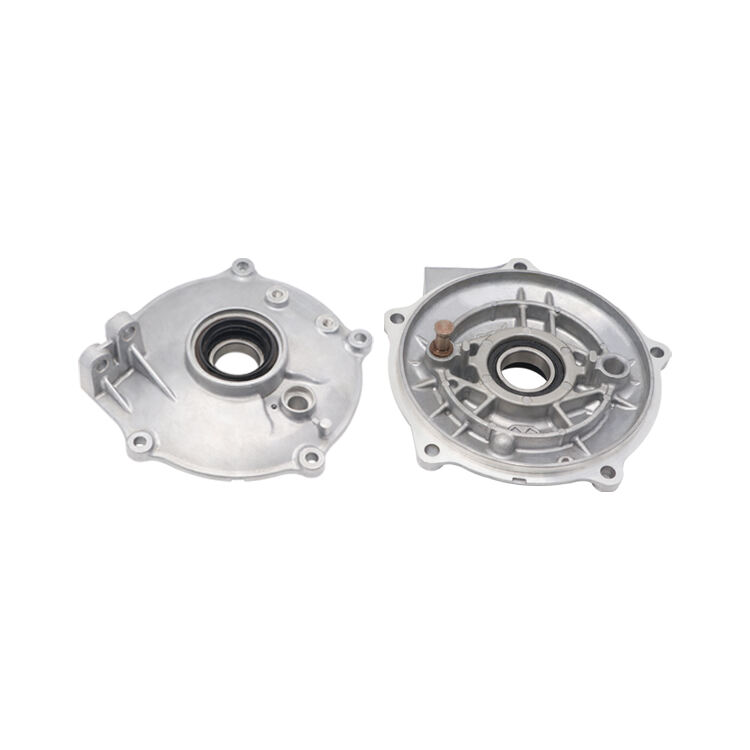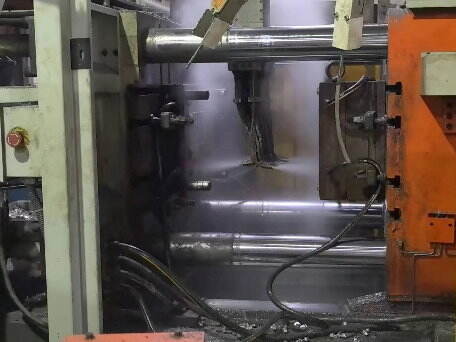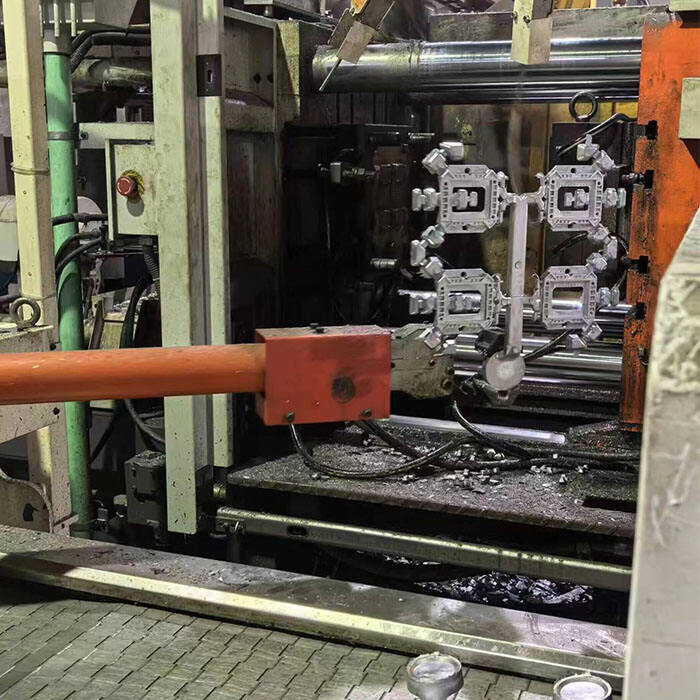الدقة ومرونة التصميم
تتميز عملية صب المغنيسيوم بعدة خصائص تجعلها متقدمة على طرق الصب الأخرى من حيث الدقة وحرية التصميم الممكنة. يمكن صب المغنيسيوم في أشكال معقدة بتفاوتات في نطاق 1/10,000"، دون الحاجة إلى عمليات تركيب إضافية باستخدام المعادن. هذا يعني أن المتطلبات السوقية لتصميم منتجات جديدة من حيث الوظيفة والمظهر تُلبى بشكل أسرع مما كان يحدث من قبل. مثل هذا النهج يوفر ليس فقط الوقت ولكن أيضًا المال، ويزيد من الجمال الجمالي والقيمة العملية للمنتجات النهائية. في صناعات الإلكترونيات والأجهزة الطبية - بشكل خاص، حيث تكون الكميات نسبية صغيرة وتشابك الدوائر معقد - توفر هذه الميزة مكافأة إضافية.


